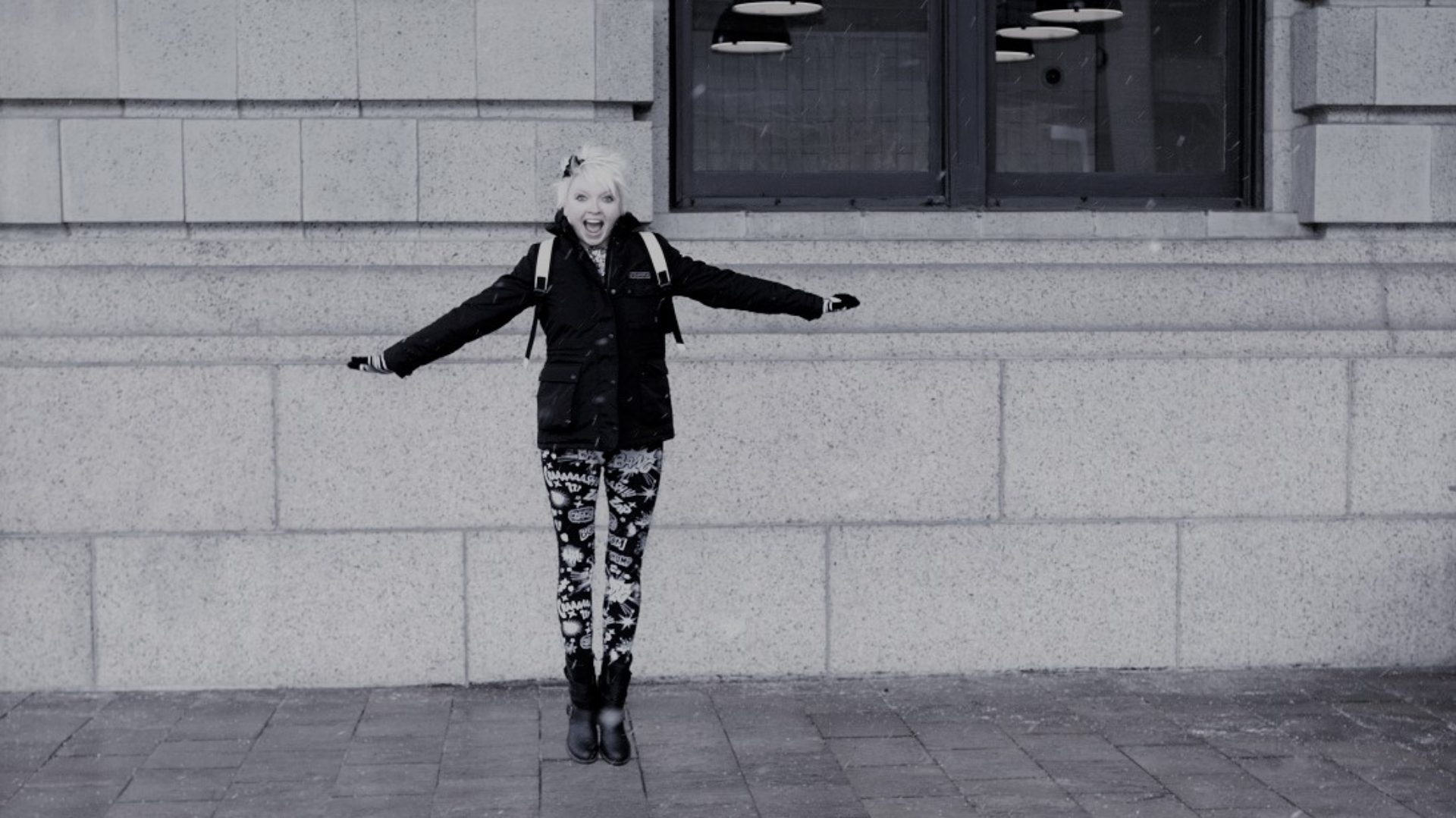I recently read ‘The Art of Stillness’. One of the illustrations in it is a huge painting. Imagine you’re standing in an art gallery, with your nose almost touching the painting. You can only see a certain portion of it. But, when you back up, you can see the entire thing. You just have to back up enough to take it all in.
Just like this illustration, as an Instructional Designer or eLearning Developer, you may be one of the only people in your organization that can back up enough to see an entire process. Each individual department can see their portion of the process extremely well, but may not have the ability to back up to see the entire picture.
This is where YOU come in! Your role is not to simply create training on existing processes, but to also take a deep look at those processes, determine if there can be a way to streamline them, and then create the training experience based on that.
During the recent creation of a Crisis Management training, I walked through every step of what happened when an incident occurred. Let’s say a customer slipped and fell. I started with the employee who filled out the Incident Report with the customer, then chatted with the department they sent it to, and finally, discussed how the incident was resolved.
One of the sticking points of completing the Incident Report was that it asked a lot of personal information of the customer. A lot of customer’s would get angry that there was so much information being asked of them. However, the employee still had to ask for this information each time an incident occurred.
During my research phase, when I moved to the department that received the Incident Reports, I found that they actually called the customer and asked them for the personal information, even though it was written on the original report. I asked why. They stated that it was because they needed to be sure it was accurate and they had received a lot of inaccurate or illegible information.
If we take a step back and look at this, we see that customers are being asked for personal information twice and it’s also causing unnecessary stress on the employee. So, to streamline this process, I had the form revised to remove this section, making it much shorter and simpler. This is one small example of looking at the process from beginning to end. You can find a ton of things like this in almost any project.
Are you looking for ways to streamline processes? Seeing the big picture is your superpower! Use it for the good of those around you and you will become extremely valuable.
P.S: Back to ‘The Art of Stillness‘: Being still helps you see the big picture in your daily life. Take a few moments today to simply ‘be’ and do nothing! It will be the most productive thing you’ll do all day.

